The word ‘wall’ symbolizes a barrier — a barrier to keep the unwanted at bay. But what if the same walls are used to attract and unite people — instead of turning them away. Well, that is exactly what street art does. From painted murals in Latin America in the early 20th century through Latino gangs’ spray-can graffiti in the 1950s, street art has travelled a long way to its present form. Today it is a striking art form in its own right and it is amazing to follow the evolution and diversity of street art in the 21st century.
Street art has evolved into complex interdisciplinary forms of artistic expression. From graffiti, stencils, prints and murals, through large-scale paintings and projects of artistic collaboration, to street installations, as well as performative and video art, it is safe to say that street art has found its way into the core of contemporary art. And rightly so.
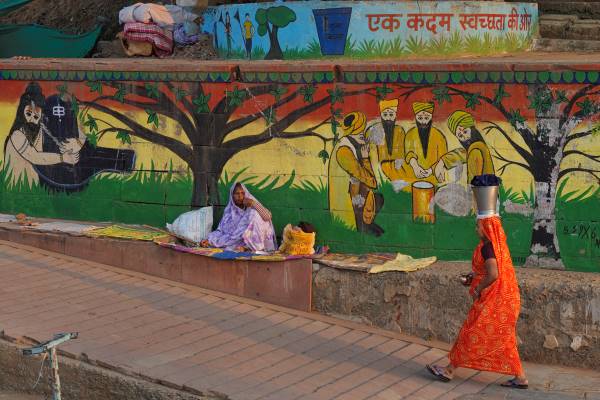
Though the seed idea was formed, making art democratic is easier said than done. Street art has a notorious reputation for vandalism and being anti-establishment. St+Art India Foundation had to take into confidence urban authorities, get permissions from residents and find sponsors. While some residents didn’t allow their walls to be painted, some agreed. In 2015, recognising the potential in building a brand image of New Delhi, the Central Public Works Department partnered with St+Art India Foundation to convert the Lodhi Colony area into the first open-air art district in India. The Foundation also reached out to cultural institutions, consulates and embassies to bring international artists and fund projects. Giant colourful murals have infused new life and purpose to the Lutyens’ bungalows in Lodhi Colony which were designed to be purely functional. It has put Lodhi Colony on the tourist map and given a sense of community pride amongst its residents.
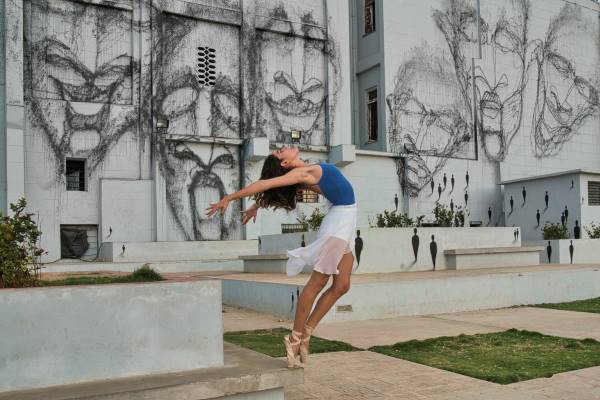
The Early Days
Some of the earliest expressions of street art were graffiti which started showing up on the sides of train cars and walls. Street art is deeply rooted in the revolutionary practices of those who identified with various subcultures linked to class, race, or gender. In the 1970s and 1980s New York City witnessed the graffiti boom, a time when artists influenced by rap, hip-hop, punk, and new wave took to the streets to communicate with members of their private groups. These decades were a significant turning point in the history of street art — it was a time when young people, by responding to their socio-political environment, started creating a movement, taking the ‘battle for meaning’ into their own hands. These artists spray-painted stylized lettering in public spaces (walls, restrooms, subway cars). The medium evolved as artists tackled contemporary political and social issues and introduced more visual elements in their compositions. Street art emphasized a political message, usually one of protest, and continued to place art in non-traditional venues.
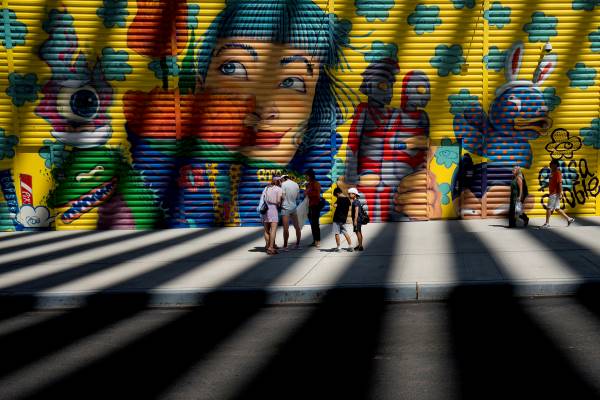
The Evolution of Street Art
Street art is often created in public spaces and usually elicits a strong political or social message. But in recent years, from being aggressive, street artists have mellowed down and a lot of them have taken the modern street art revolution to a different level, a more mature and humanist level, where street artists encourage people to feel better about themselves every day. Today, street artists are commissioned to create murals in public spaces, and museums, galleries, and collectors have shown a keen interest in these works.
The transition from what was once considered a socio-political statement, usually portraying anarchic and anti-establishment messages, to a well-compensated style reflects the evolution of social thought as well as the recognition of rebellious behaviour in our history.
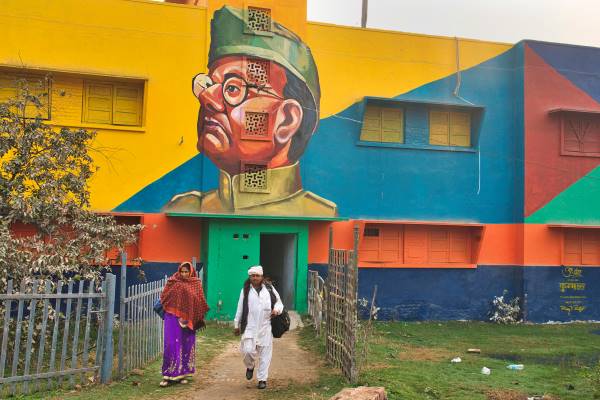
In the 20th-century street art as we knew it, were more visible in the less fortunate areas of the city. It commonly involved politically mobilizing statements or territorial markings but was also simply a form of expression. Obviously, there was something extremely liberating about marking an off-limits area — a wall or space owned by the very establishment that was enforcing social repression — which is evident in the sharp and very boisterous style that characterizes street art.
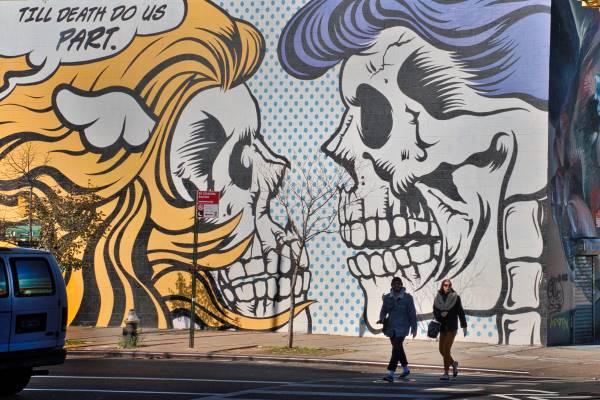
That has obviously changed in the present century. With the mellowing down of the rebellious voice of street art, and with the instant recognition that social media platforms like Instagram and Facebook have provided, more and more city authorities are opening up to the idea of street art in the modern form. Street art adds character and a certain charm to an otherwise seemingly nondescript city. It amuses, adds aesthetics and meaning to brick and mortar. The theme of making the city more habitable, inviting, and friendly is common to a lot of street art these days. Public spaces, which are largely transitory in nature, need not be sterile, instead, they can initiate a conversation.
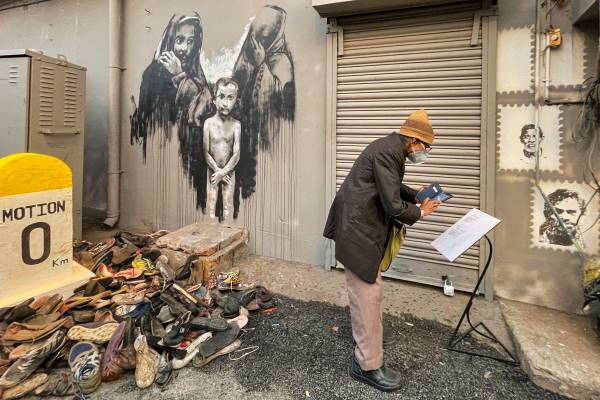
The change in motive has evolved the change in style. Street art is no longer limited to graffiti and stylized lettering in public spaces. Today, many artists use spray paint and stencils to paint large surfaces, like walls, in a short amount of time. Artists often incorporate elements of graffiti in their works, adding large bubble lettering or smaller decorative script. Others are interested in new approaches to the art form, using materials like posters, stickers, yarn, and even video projections to leave their marks on the urban environment. Today ‘the street’ in street art is taken in a very broad sense to denote, roughly, any urban public space. Painted using stencils, spray paints, and rollers, today artists span the length and breadth of walls through scaffolding, ladders, and even cranes.
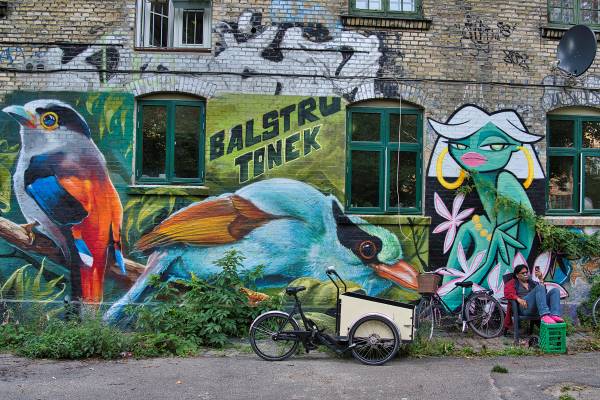
One may find creatures that are out of sci-fi films or semi-mythological beings with several heads & angry birds about to pounce on you. Still, amidst all these, you might also notice poignant and realistic graffiti of children. Calligraphic styles, innovative characters, illustrations, surrealist creatures, and geometric patterns by artists with strong personal style mark different walls.
Street art can be a powerful platform for reaching the public, and the motivations of street artists can be as varied as the artists themselves. Some wish to raise awareness of social and political issues; others simply see urban space as an untapped format for personal artwork, while others may appreciate the challenges and risks that are associated with installing illicit artwork in public places. However, the universal theme in most, if not all street art, is that adapting visual artwork into a format that utilizes public space, allows artists who may otherwise feel disenfranchised, to reach a much broader audience than traditional artwork and galleries normally allow.
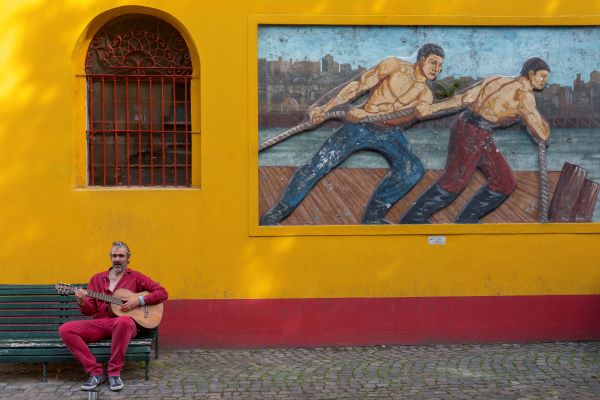
The recognition of street art in turn recognizes the endurance and the overcoming of many communities around the world who have suffered, been silenced and felt marginalized throughout history. New York, Paris, Santiago are full of street art which sits wonderfully alongside delicate architectural spaces that foster an important connection between the vast range of communities that inhabit the city. Urban spaces are incredibly vital to sustaining our contemporary way of urban living and by including street art in both public and private spaces, we are able to acknowledge the many influences that concluded in our contemporary consumption of art.
Images were captured through the lens of the author himself.
Sabyasachi Talukdar is a globetrotter, publisher and photographer based in North Bengal. He runs 'Uttarbanga Sambad' the highest circulated Bengali daily in the northern districts of West Bengal.







8 Responses
A lovely piece with great images to go with the story. Great work Sabya!
Beautiful documentation of wall art at its best.
This man is an amazing talent! He is equality a gifted writer as well….
Beautifully documented – so many of us walk right by these installations but the photographer seeks them out to convey the art in his own artistic way.
The varied styles, the vibrant colours and sometimes stark images …fine shots strung up by some good writing
Cesc did a small campaign on their electric boxes in the city of Kolkata, but I guess the initiative did not get extended for long. But good that you documented so much from your personal travels
Great shots, wonderful write-up.
A beautiful collection with equally beautiful documentation.